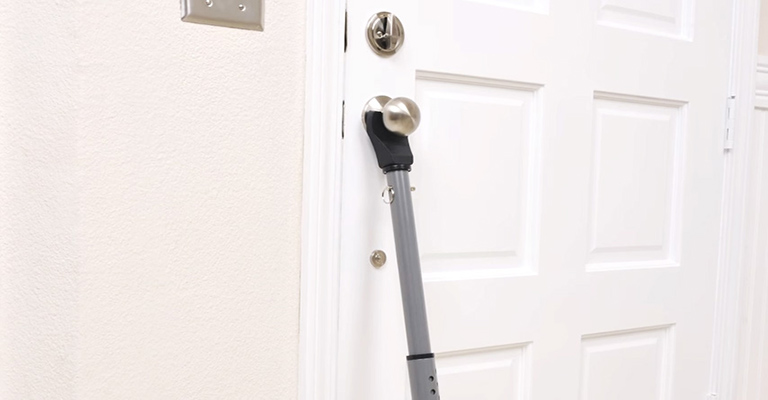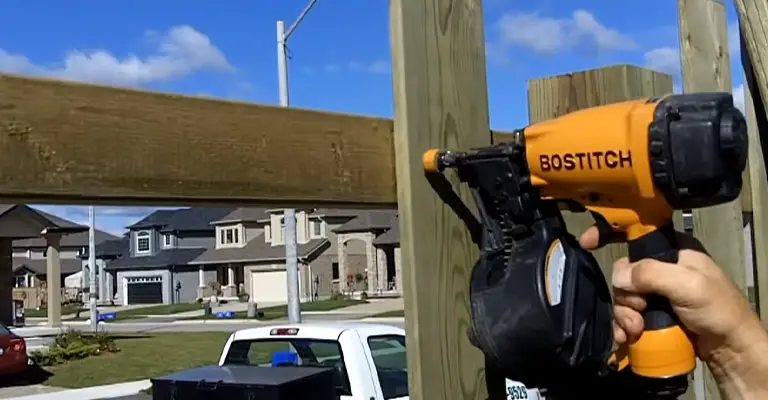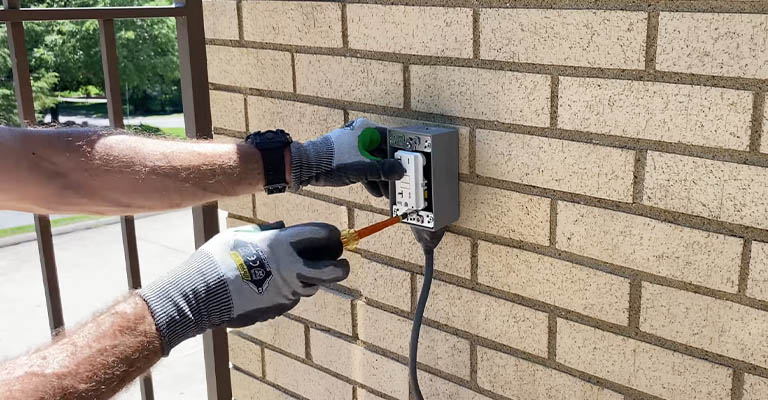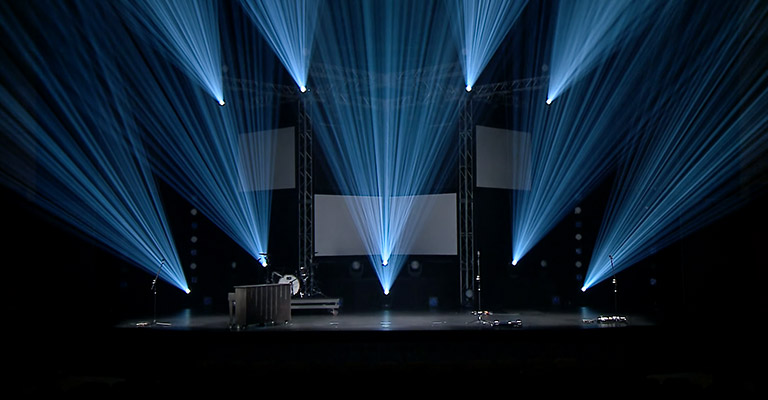Can Furnace And Water Heater Share Vent?
Homes are often built with a water heater and furnace sharing the same exhaust vent. This is not only inefficient but also dangerous. Learning how to work on your home’s heating system can save you money on your energy bills and potentially save your life.
Since most homes are built with a water heater and furnace sharing the same exhaust vent, it is important to know the best practices for creating an efficient venting system.
One of the main disadvantages of this shared vent system is the potential for a backdraft. The exhaust from a water heater can cause a backdraft when there is not enough air flowing at a high enough velocity, so the oxygen supply becomes depleted.
This leaves an area with too much carbon dioxide that can’t be expelled by the system, which will create flammable conditions that could potentially lead to an explosion or fire if there are any sparks nearby.
The most common solution for these problems is to install a separate vent for each appliance so that they do not share one vent. This often requires additional ductwork which may require more expense.
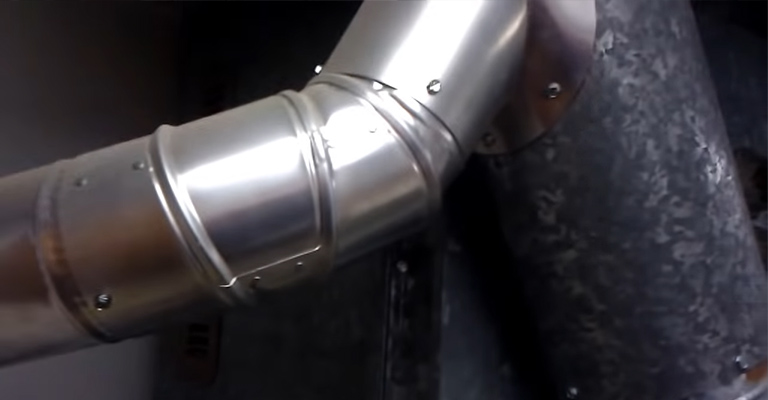
Can You Vent Two Water Heaters Together?
Many people are wondering if they can vent two water heaters together, or if their home can have one vent for multiple gas-fired appliances. Some people have even attempted to vent two water heaters together. The most difficult part is the piping from the back of one water heater to the top of a second water heater.
This is a question about whether or not you can vent two water heaters together. It is possible to vent two water heaters together by venting one of them directly to the chimney and the other one through a flexible hose that will then be vented into the side of the chimney.
The easiest way to do this is to find a place in your house where you can run a flexible hose from one water heater and out another window, but make sure they are not close enough for it to hit anything in between.
Can You Vent Water Heater Through Wall?
One of the most common questions homeowners ask is whether or not they can vent their water heater through a wall. The water heater is designed to release any pressure that builds up in the combustion chamber into a vent pipe that leads outside.
Do not vent the gas water heater through the wall. The pressure inside the combustion chamber can be dangerously high. The gas water heater needs to be vented to allow for gases and air to escape out of the exhaust pipe, otherwise, it will build up which can cause an explosion if there is enough pressure.
It is important to vent water heaters out of the home. If a water heater does not have adequate ventilation, it can lead to higher costs due to increased energy use, which will be reflected in a higher utility bill.
Also, it is a safety hazard for the homeowner and their family because a water heater that isn’t vented properly can lead to gas leaks and explosions.
Can A Tankless Water Heater Use The Same Vent As Furnace?
A vent system typically consists of a metal pipe that carries combustion gases, such as smoke and moisture, from the appliance to the outdoors. The vent system also removes combustion by-products such as heat and water vapor (HVAC).
This question is probably most often asked by homeowners with a forced-air furnace and a hot water heater. The answer is most likely no.
Forced air furnaces are typically installed in the basement, while tankless water heaters are usually installed on an outside wall. The venting for each appliance needs to be different because of the location.
The specific requirements for the vent system may vary depending on the type of appliance and local code requirements. A tankless water heater can only be installed if there is no gas furnace in the house. Otherwise, it will not work properly.
For instance, a tankless water heater is usually vented through a gas wall or roof pipe because they produce higher levels of heat. The other option is to install an external vent since this type of heater does not produce any moisture.
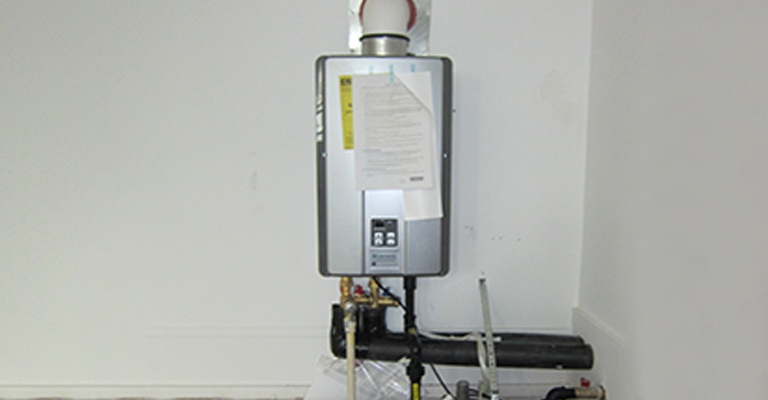
Efficiency is Priority
The term “high-e” refers to high efficiency. This is a term that is often used in the field of heating and cooling. A high-e furnace has separate venting. This means the existing vent pipe has to be replaced because it is too large for proper venting. The furnace must be vented to the outside of the home, through an opening in an exterior wall. A high-efficiency furnace has separate venting; therefore, it doesn’t require an opening in the interior walls. A high-efficient furnace may not be compatible with some existing vent pipes because of its size. Existing vent pipes are too large for proper venting and must be replaced with smaller pipes. Separate venting is a much better option for a furnace because it will improve efficiency. This is because the air in the home won’t be heated by the warm, stale air from your furnace.
Also read – Should You Replace 30 Year Old Water Heater?
Final Thoughts
When considering the installation of a tankless water heater, particularly gas tankless water heaters or propane tankless water heaters, it’s crucial to prioritize safe and efficient venting solutions. The integration of a new tankless water heater into your home’s heating system, especially for indoor tankless water heaters, requires careful planning to ensure that the unit is properly vented. This involves ensuring adequate air quantity for combustion and exhaust, which is vital for both efficiency and safety.
For homeowners contemplating a tankless water heater installation, it’s important to understand the differences between power vent units and direct vent units. While power vent units expel exhaust using an electrically powered fan, direct vent units draw air from outside and release exhaust through one exhaust vent. This distinction is key in determining whether your existing furnace vent can be shared or if separate venting is necessary. Ultimately, ensuring your tankless water heater is properly vented not only complies with safety regulations but also enhances the efficiency and longevity of your heating system.

